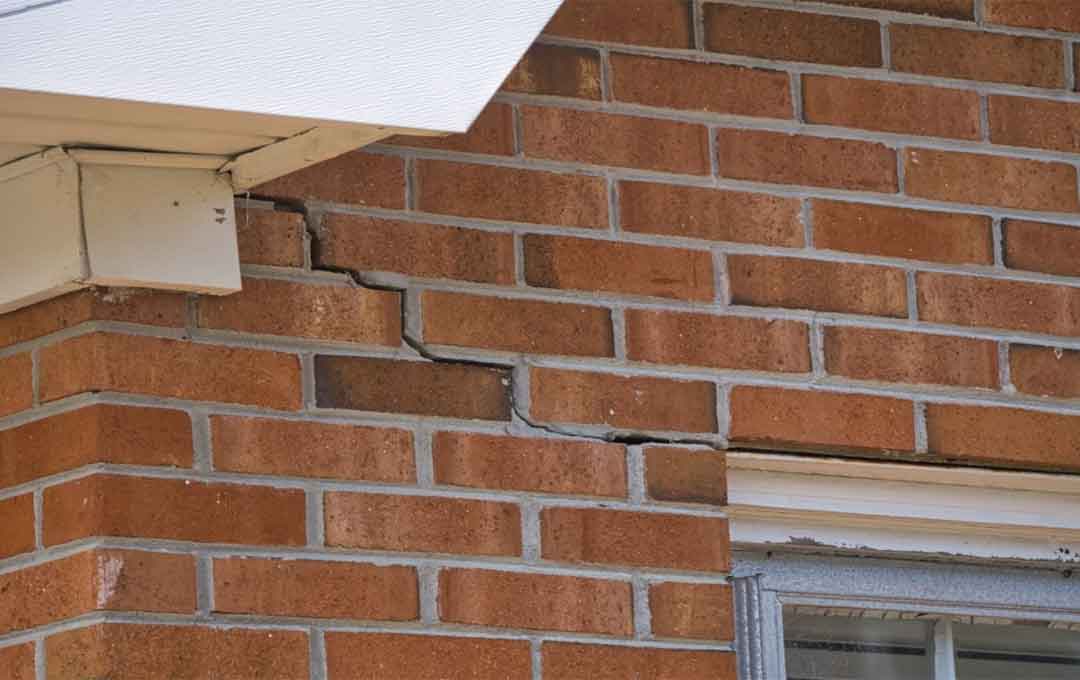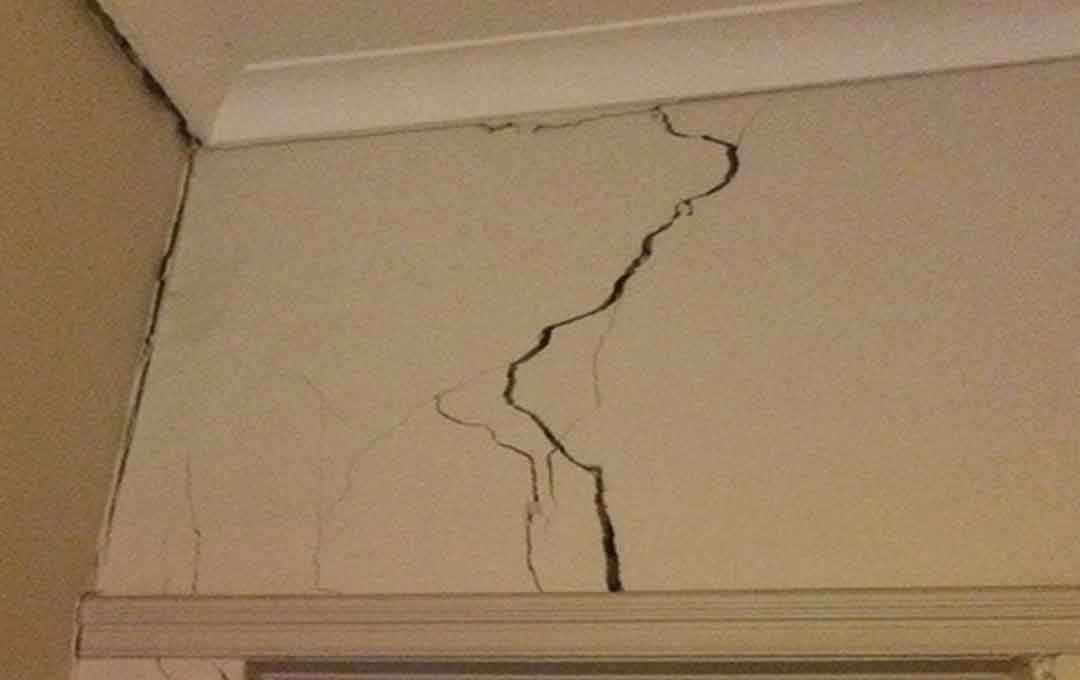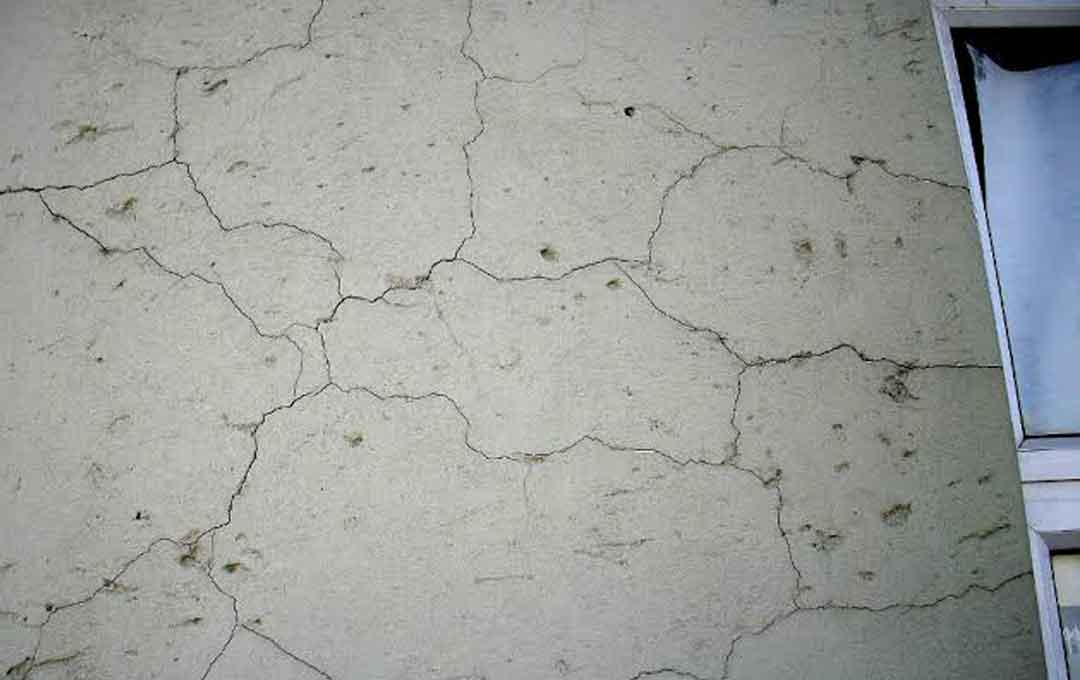Cracks on walls or any other structural members

Cracks on walls or any other structural members
In a bid to finding solution to cracks on house construction walls and structural members, it is important to understand what structural cracks all is about, the causes and also the types of cracks and challenges affecting our house constructions wall or structural members.
Cracks on the wall of our houses or any other structural members can be easily described as a wide or thin line running through the surface of the wall or structural member in any direction, causing separation or division of the house wall or structural member as a result of either poor site construction works, poor soil bearing capacity or over loading of the wall or structural member.
Now that we have idea of what cracks is all about, lets look at the types of cracks on house construction works. Basically, we have two major types of cracks which are the structural cracks and the Non-structural cracks.


For structural cracks, they occur as a result of poor structural activities like over loading of members, NO adequate provision of support, No proper provision of support columns in the right location to distribute the load evenly to the ground, poor soil bearing capacity and differential soil settlement.
For non structural crack, this type of cracks can be associated to poor grade of materials on site, too much cement content or lack of proper site supervision. Excessive reduction or loss of water from concrete mix as a result of increase in temperature or poor form work can equally result to cracks on our house construction walls.
Right now, we are going to dig deep into different causes of structural caracks and possible solutions to prevent it where applicable.
I will try as much as possible to use nonprofessional language so that home owners or individual new to construction sector can benefit more from my explanation.
if you are a professional in the construction sector and want to have more profession insight about cracks on building walls please read here or here
CAUSES AND PREVENTIVE MEASURES FOR STRUCTURAL AND NON-STRUCTURAL CRACKS ON BUILDINGS
- Foundation movement of soil and differential settlement of soil.
This is one possible situation of structural failure. it can cause serious cracks on the foundation or any member of the structure.
it occurs when the soil beneath the house moves from one point to another as in the case of earthquake or when there is excessive vibration of the soil due to earth moving operation close to the house.
Another scenario are expansion and shrinkage of soil as a result of water intake or loss of water in the soil, this can cause foundation cracks due to expansion or shrinkage of the soil.
Preventive measures: In other to avoid structural failure as a result of either ground movement, expansion or shrinkage of soil. you need to ensure that your house plan is properly design by a civil or structural engineer.
Avoid building houses on a swamp area without the supervision of an engineer who has proper understanding of the nature of the different soil types.
- Cracking Due to Vegetation
This is another possible situation that can cause structural cracks on building. it occurs when you have trees close to your building and over time the root of the tree expands towards the foundation of the structure and cause damage to the foundation.
Preventive measures: The best way you can prevent this type of cracks from happening is to avoid planting tress too close to your house.
- Poor Structural Design work
Poor structural design and specification can result to cracks in building of house construction, for instance, if a house plan is poorly design by a nonprofessional, there is every tendency that the design will not follow the right design procedure.
This will in turn leads to wrong specification and detailing which can leads to cracks as a result of shear failure or compression failure.
Preventive measures: To avoid cracks due to bad or poor structural design, it is better to engage the services of a civil engineer or a structural engineer to carry out structural design on your house construction work.
Apart from structurally implied cracks, you can also experience Non structural cracks on your house construction work as a result of poor maintenance work, No supervision work, Shrinkage,Thermal Movement, Elastic Deformation, Creep Movement, Chemical Reaction, Poor Workmanship, Quantity of Cement, Corrosion Cracks and Poor Construction practices.
This can be seen on any structural member like beams, column, slab or wall. For non structurally implied cracks, I will discuss some of the causes of cracks and how you can prevent it where possible.
- Shrinkage cracks:
This is a type of crack that occurs as a result of too much loss of water in the concrete. During a casting operation if the rate of evaporation is higher than that of the bleeding water at the surface of the concrete, this will eventually lead to loss of excess water which will in turn result to shrinkage cracks on the structural member. This is mostly common on slab members.
Preventive measures: one way we can prevent shrinkage crack is to provide good form work materials and to ensure that the cement content on the concrete is not too much.
- Cracks due to creep movement:
This type of Cracks on our house wall or concrete member is always cause as a result of long-time load on walls, it takes gradual process for the cracks to manifest over a long period.
Cracks due to creeps gets more noticeable as a result of too much load on the structural member which in turn leads to deformation of the house wall overtime.
Also, when the mix ratio of your water and cement content is too high, it can easily lead to cracks due to creeps over time. Apart from that, temperature increase in steel member can equally result to creeps in structural members.
Preventive measures: Since you now understand some of the causes of cracks due to creep effect, it become easy and possible to provide possible solution to avoid creep movement on our house construction projects.
Firstly, to avoid creeps on our house wall, it is important we use the right amount of concrete mix ratio, avoid excessive addition of water, and ensure we use the right aggregate for our construction work. Also, we should provide compression steel bars on our structural member where necessary.
Secondly, it is important we allow our concrete to cure properly before we think of removing the form work on the structural member, apart from that we should always assign proper cross section for our structural members.
- Cracks due to corrosion:
Corrosion is a reaction process that mainly occur with steel when they come in contact with water or other materials that contains oxygen, hydrogen etc.
This reaction produces iron oxide and hydroxide on structural bar surface which in turn leads to increase in the volume of steel bar size.
This increase in steel volume for the steel bar cause high internal bursting stresses that will eventually leads to cracks on the structural member.
Preventive measures: From the understanding of corrosion cracks, it become very easily to provide solution so as to avoid cracks on our house project caused by corrosion.
one way we can avoid it is to ensure that our concrete mix is very good, we should always use a concrete mix that will not allow water to pass through the concrete.
Also, we should provide adequate concrete cover and ensure that the steel rings are apace to structural details in other to provide good structural bond between the concrete and the reinforcement. to understand more visit site
- Poor construction practice:
Normally there are different ways to construction practice, but most of the construction practice have been abuse over the years as a result of carelessness, greed, ignorance and negligence.
The major causes are engagement of quacks for construction works, provision of bad or low quality materials by clients for construction works.
Preventive measures: one simple way to prevent cracks on our structural members as a result of poor construction work is to engage professional engineers to monitor all construction process properly and to ensure quality materials are used for the construction projects.
In conclusion there are others structural and non structural activities that can result to cracks on our house construction work but are not covered here since the idea of this article is to explain those common everyday activities that can easily result to cracks on structural members.
I hope and believe you will make good use of the solution provided here on how to prevent structural and non-structural cracks on our construction site activities. feel free to let me know on areas you need more clarification.





